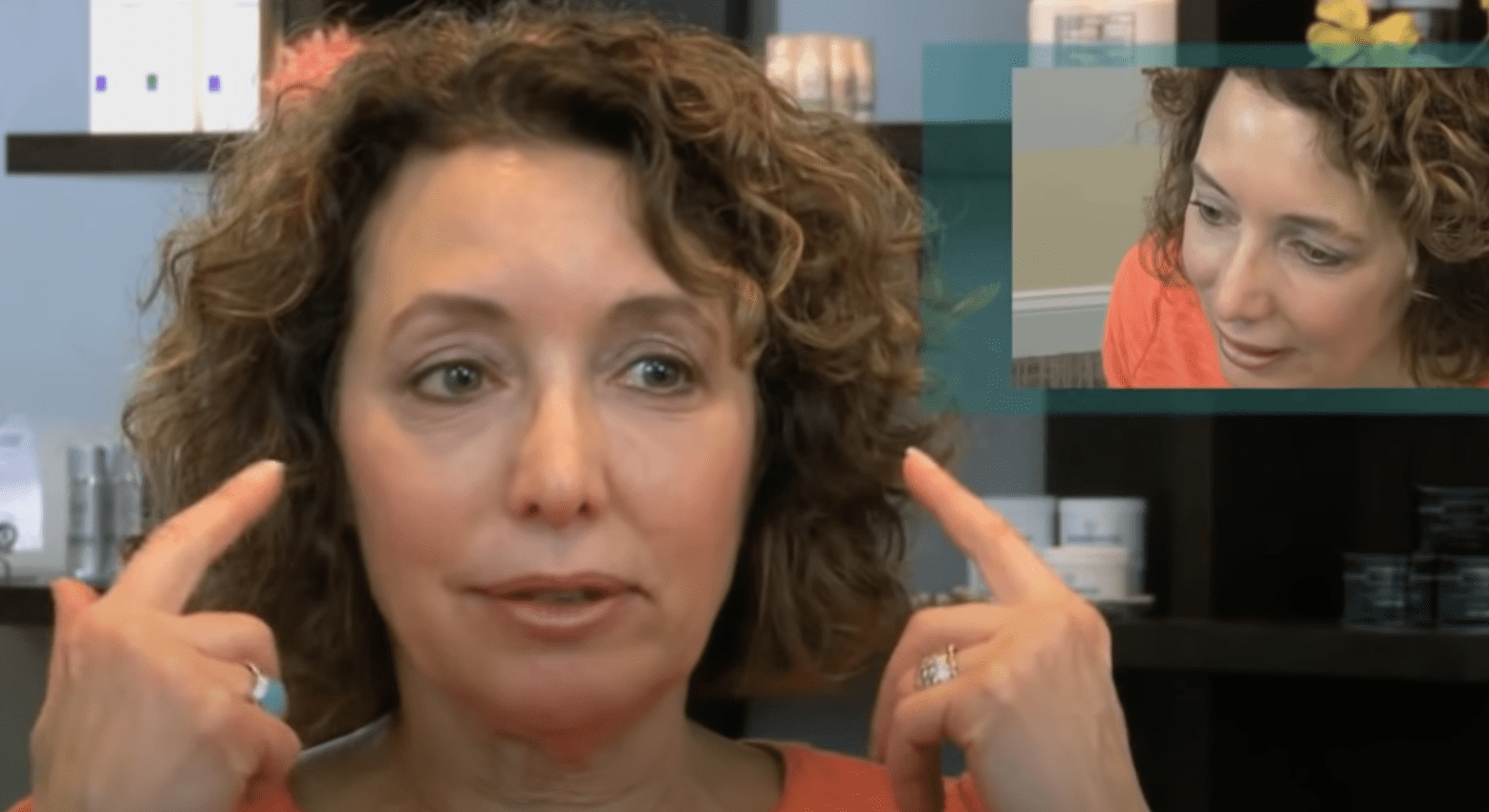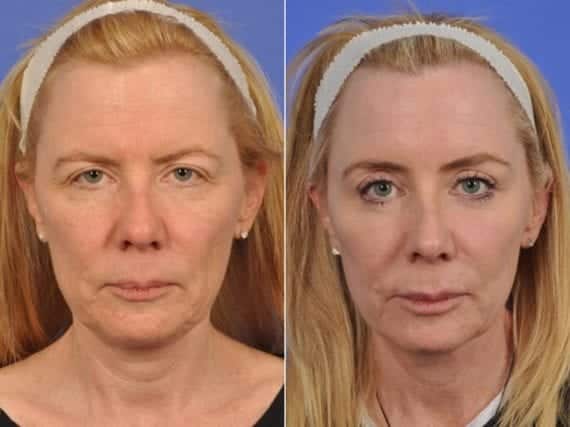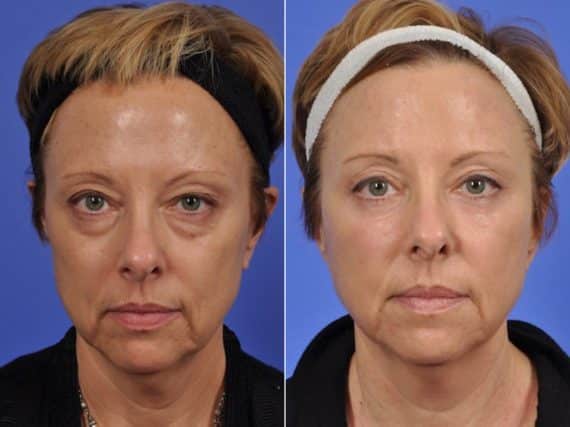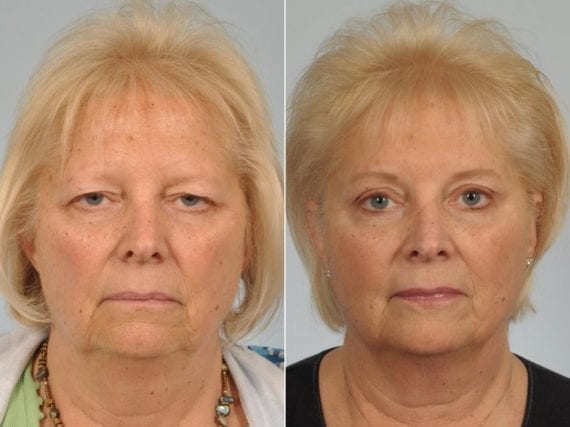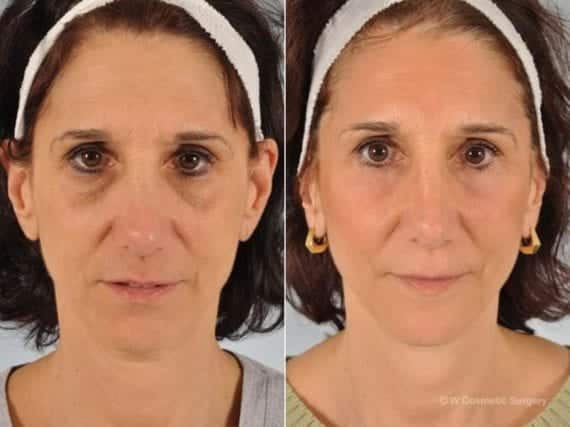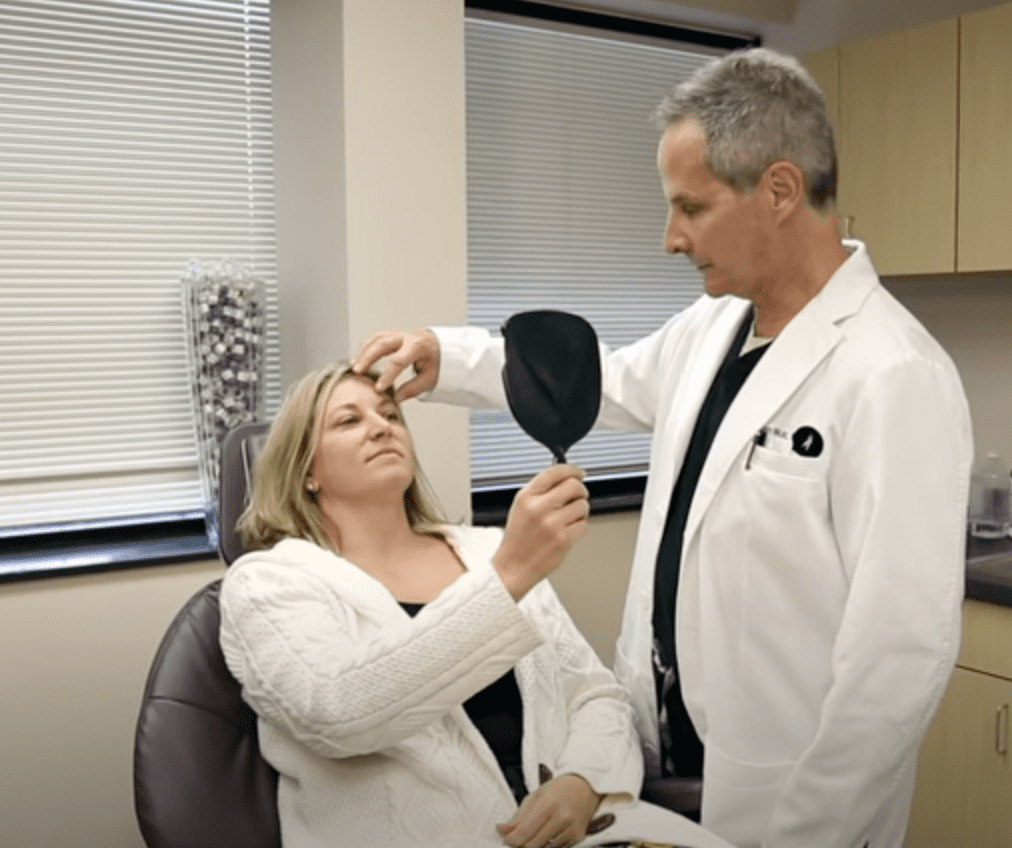Whether your concern is dark circles, eyelid bags, droops, hollows, or wrinkles, the aesthetic solution for you is not one-size-fits-all. Every face and facial aging process is different, and we understand that not everyone has the same amount of downtime and desires. Maybe you don’t even want surgery — we will design a plan specifically tailored to you.
What is Blepharoplasty?
Your eyelids, brows, and cheeks that envelop your eyes are what make up the appearance of your eyes. Excess skin, wrinkles, bumps, and changes in eyelid shape over time can change the appearance of your eyes in a way that doesn’t resonate with how you want to feel or portray yourself. Custom blepharoplasty is bespoke eyelid surgery, designed just for you to suit your individual needs.
While it’s better to address these concerns the first time, if you’ve had a previous blepharoplasty from another doctor, the elements that were not addressed at the prior surgery can be refined.
Custom blepharoplasty is performed in an ambulatory surgery center, either with sedation or under general anesthesia per your preference. At W Cosmetic surgery we offer both lower blepharoplasty and upper blepharoplasty.
REAL PATIENT BLEPHAROPLASTY EXPERIENCE
Am I a Good Candidate for Blepharoplasty?
Some patients are happy with some of the changes associated with aging. Others feel that certain changes in their face, especially their eyes, no longer represent their true selves, and just want to feel confident and radiant again. If this is you, don’t be afraid to set up a consultation with Dr. Allan Wulc to discuss custom blepharoplasty.
If you have any of the following concerns, you are a candidate for blepharoplasty:
- You’ve aged and your brows have dropped onto your eyelids
- You’ve gained volume under your eyes but your cheeks have sunk
- The fold above your eyelid has changed or needs to be sharpened
- Your eyelids have stretched and drooped
- Your eyes have a beady appearance and they never portrayed your inner warmth and beauty
Are There Different Types of Blepharoplasty?
Dr. Wulc can help you determine which type of custom blepharoplasty is right for you. There are two types of eyelid surgery — upper and lower blepharoplasty. Which type you undergo depends on your personal concerns and goals, and some people even benefit from getting both.
Upper Blepharoplasty
Upper eyelid surgery is designed to resolve upper eyelid skin that lingers over the eyes. In some cases, it may also improve the appearance of fine lines and wrinkles surrounding the eye area.
Lower blepharoplasty
Lower eyelid blepharoplasty surgery addresses puffiness, bags, and dark circles under the eyes. We usually place the incisions on the inside of the lower lid to minimize scarring.
How is Blepharoplasty Performed?
During eyelid surgery, incisions are placed within the natural crease of the eyelid to create inconspicuous scars. Excess fat can be removed and hanging glands can be resuspended, the lid can be lifted and the lid crease can be modified. Finally, redundant skin is removed. Our goal is to enhance the appearance of the eye region—to restore, refine and rejuvenate this area without causing any eye issues like difficulty closing the eyes or worsening of dry eye symptoms.
At the time of surgery, we comprehensively treat any or all of these details as necessary:
- drooping of the upper eyelids
- set eyelid crease position
- remove all skin redundancy
- remove or reposition fat pads and “puffs”
- remove any lumps, bumps, and lesions
- reposition the lower lids if they have drooped.
- address drooping brows and forehead lines
- lift the brows
- lift the cheeks
- smooth out wrinkles
- address lower eyelid festoons
How to Prepare for Blepharoplasty Surgery
Prior to your blepharoplasty, we make a number of pre-surgery recommendations that will enhance your healing and speed up your recovery. Here are some basic preparations you’ll need to know about:
- Stop taking medications like aspirin and ibuprofen (and many others on our list) for at least two weeks before the procedure.
- Patients who smoke should try to quit at least a month before the surgery as smoking may increase the complication risk and slow the healing process.
- We also provide you with a list of nutraceuticals to take that reduce bruising and that are necessary to optimize wound healing.
- We suggest a low salicylate diet to help reduce swelling and bruising.
- Because we utilize sedation during the surgery, you should make arrangements for a ride home after the surgery, as you will not be able to drive after it’s been completed.
Should you decide to rejuvenate your eyes with Dr. Wulc, we will give you a detailed summary of what to expect with this procedure
What Will Recovery Look Like?
Most patients are relieved to find out that recovering from upper, lower, or 4-eyelid blepharoplasty is easy. Mild swelling, bruising, and tenderness usually fade quickly.
You are encouraged to stay at home and rest for a few days after surgery. We advise you to avoid exercise and other strenuous activities for 8 to 12 days. In most cases, patients may return to light work 5 to 7 days following their surgery.
Lower eyelid blepharoplasty surgery addresses puffiness, bags, and dark circles under the eyes. We usually place the incisions on the inside of the lower lid to minimize scarring.
How Much Does Blepharoplasty Cost?
Due to this procedure is heavily customized, blepharoplasty pricing varies. We take on each client with an individualized approached put together to suit their specific needs. In order to get a better idea of blepharoplasty pricing please schedule a consult with our office.
What Can I Expect During a Consultation?
If you are interested in blepharoplasty, schedule a private consultation to see if you are a candidate for the procedure. Dr. Wulc will review your medical history and take a close look at your eye area to determine a plan of action and the potential benefits.
We encourage you to bring in pictures of your younger self so we can determine the extent to which things have changed, like how much drooping of the brows or cheeks may have contributed to the aging appearance around your eyes.
We will share before and after images so that you can understand how the results of the procedure might enhance your eye region and give you an idea of what you will look like after the surgery.
During the consultation, we encourage you to ask any questions you might have regarding the procedure, the risks, the recovery period, and our level of experience.
How to Choose the Best Surgeon For You
When it comes to cosmetic procedures — especially custom blepharoplasty — choosing a surgeon with the right credentials is of utmost importance. Dr. Allan Wulc, MD, FACS, specializes in eyelid and facial rejuvenation, and he is board certified by the ABMS board in Ophthalmology.
Additionally, he is board certified in Facial Cosmetic Surgery by the American Board of Cosmetic Surgery, where he served as a trustee for six years. He is also board certified in plastic surgery by the American Board of Physician Specialists.
If you live in Philadelphia and are interested in eyelid surgery, you owe it to yourself to visit Dr. Wulc of W Cosmetic Surgery. He is board-certified in:
- Ophthalmology by the American Board of Ophthalmology
- Cosmetic Surgery, Facial by the American Board of Cosmetic Surgery
- Plastic Surgery by the American Board of Physican Specialties
Dr. Wulc is also a diplomate of the American Society of Ophthalmic Plastic and Reconstructive Surgeons.
SCHEDULE A BLEPHAROPLASTY CONSULTATION IN PHILADELPHIA AT W COSMETIC SURGERY™
If you’d like to look younger and more vibrant by improving the look of your eyelids, schedule a blepharoplasty consultation with Philadelphia’s own Dr. Wulc today.
Give us a call at 610-828-8880 or fill out our handy online contact form below.
We serve customers in Plymouth, Philadelphia, Main Line, PA and surrounding areas. We look forward to helping you reveal a more youthful look, ultimately with the aim of making you look your best.

Discover your possibilities.
Schedule a consultation
Saturday - Sunday Closed


